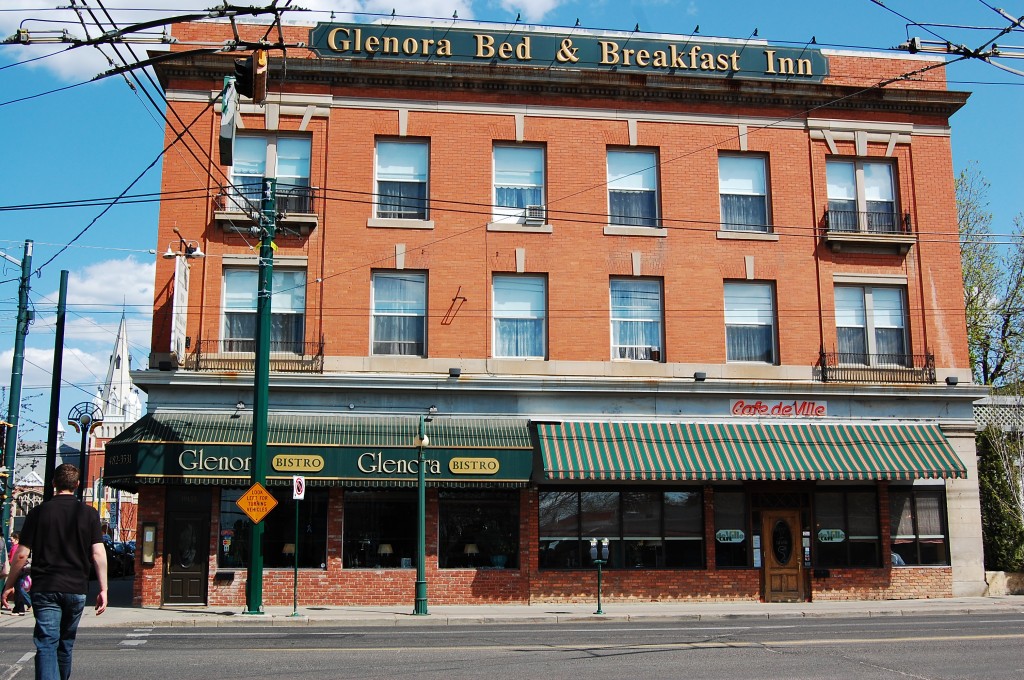Summer in the City – Residential Recap
Monday, September 8th, 2014There’s a chill in the air in Edmonton, and it may be safe to say summer is over. On that (slightly sour) note let’s take a look at residential real estate sales over the summer months in Edmonton.
Fresh from all-time highs in spring, prices dipped a little over the summer months beginning in mid to late June, providing some relief to potential home buyers. Single-Family dwellings saw a slight decrease in average price, with July costs around $426,716. That shows just a 2% drop from June sales, with total residential sales showing an average price drop of around 2.6%.
Interestingly, the changes in Condominum prices were quite negligible differences, seemingly unaffected by market influences.
Though prices are showing a temporary lull, there is still an overall trend of increased sales figures. REALTORS® Association President Greg Steele weighs in on the changes:
“Like the shortening summer days and the appearance of fall fashions, real estate prices begin to soften at this time of year. Despite the seasonal slide, prices in the Edmonton area are still up when compared to the same month last year. The local market continues to be very active and REALTORS® report having a busy month.”
Steele has quite accurately described the seeming dip in the trend, whereas housing prices have the appearance of dropping, they are statistically still showing an increase from the same time last year. Overall residential prices were up 3.3% from 2013, with the single-family dwelling up almost 4%. The most marked year-over-year upsurge appeared in condo prices, which are gaining increasing popularity in the city as a more viable residence option, showing an increase of about 4.6% from last summer.
Along with a sale price increases, total overall transactions are skyrocketing as buyers become more eager to invest in Edmonton’s booming real estate market. July saw the sale of 2,013 residences (639 of them condominium units); a 9.7 % increase from the 1,835 residences sold in July of 2013.
Steele also addressed this influx of transactions:
“The demand for real estate remains strong and in line with other market fundamentals. Fortunately, year-to-date listings are also up compared to last year and there is adequate supply with over 5,600 residential properties in inventory.”
Homes in June on average were selling in about 41 days, and in about 46 days for July.
Click here to create a custom property search for Edmonton and the surrounding area or visit our Market Stats page for more details and the most up-to-date numbers!


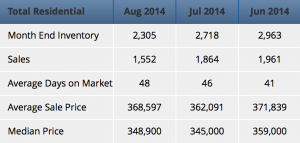
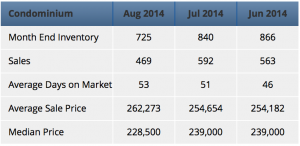
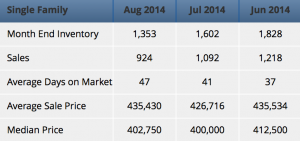
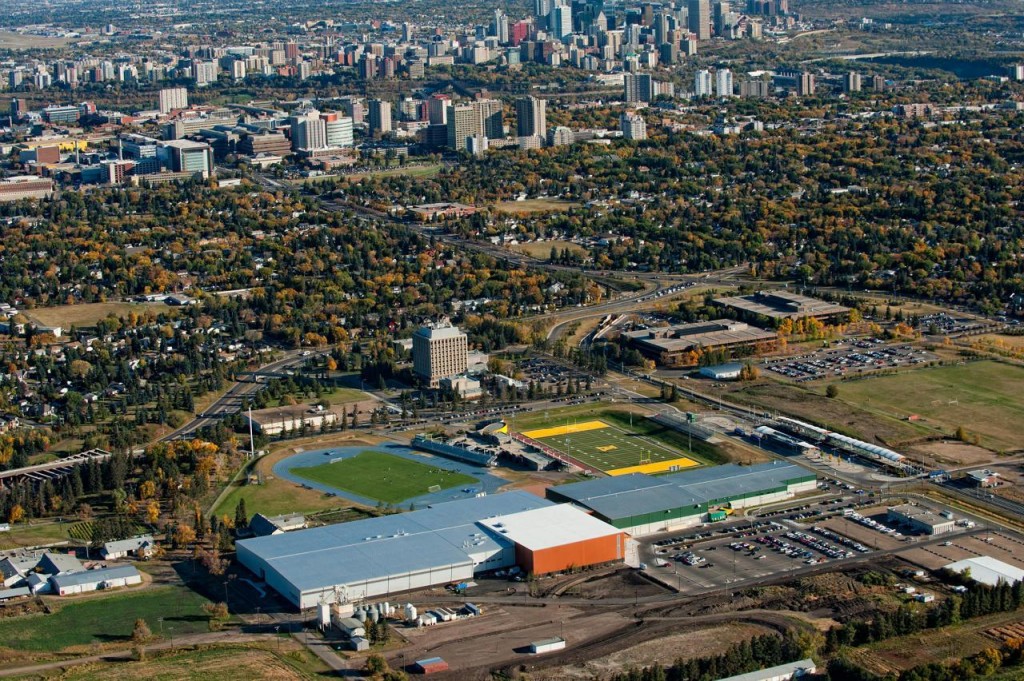
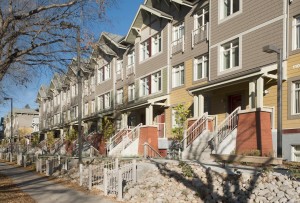
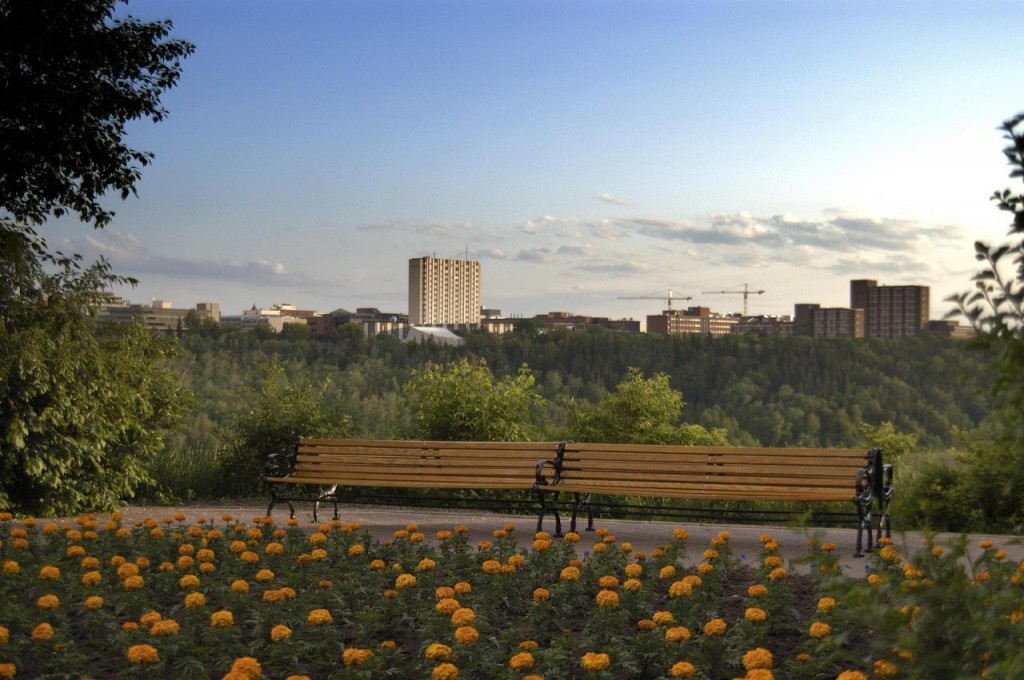
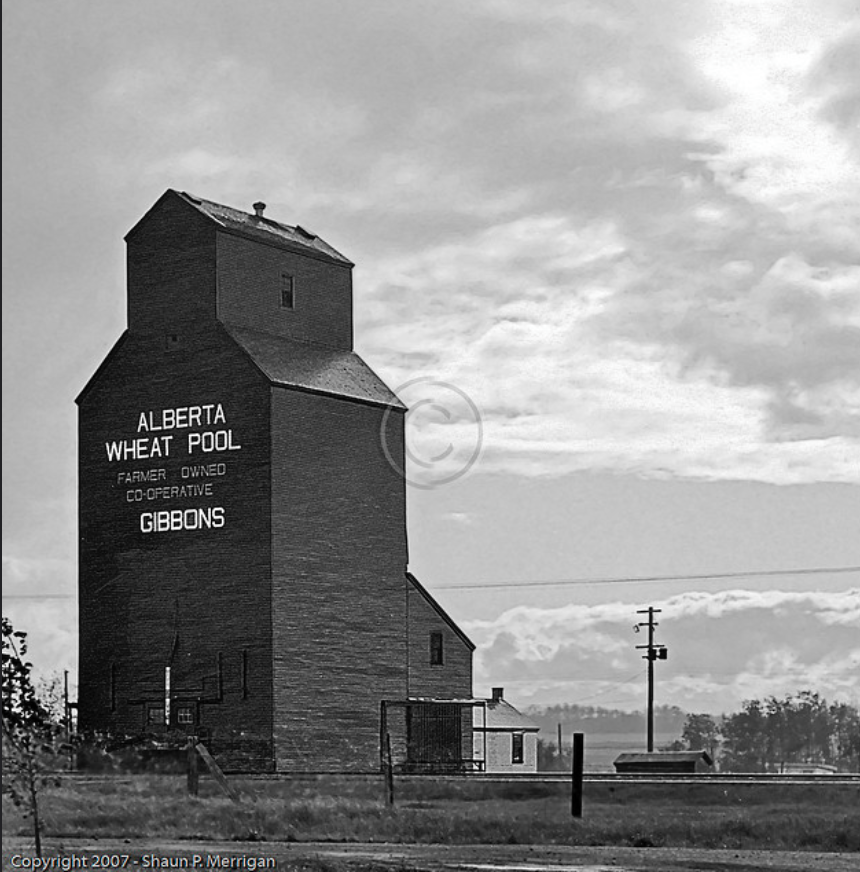
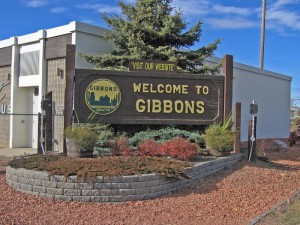

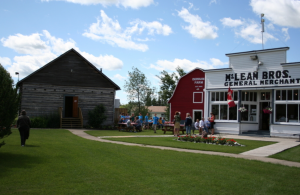
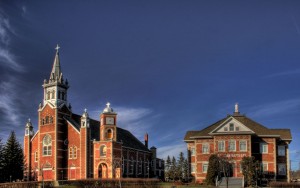
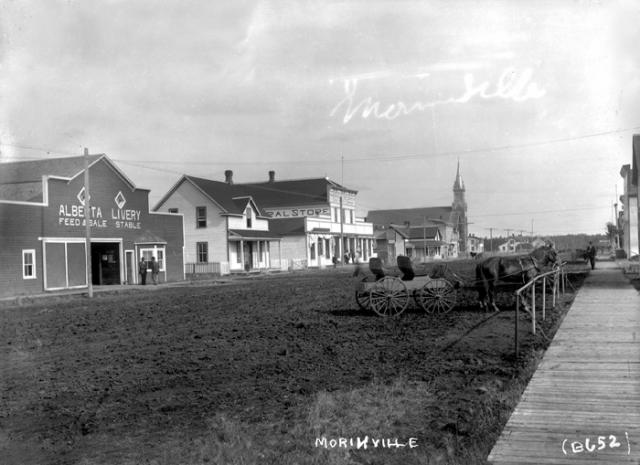
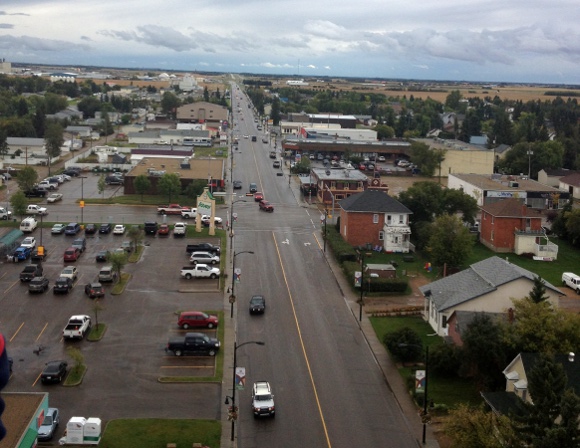
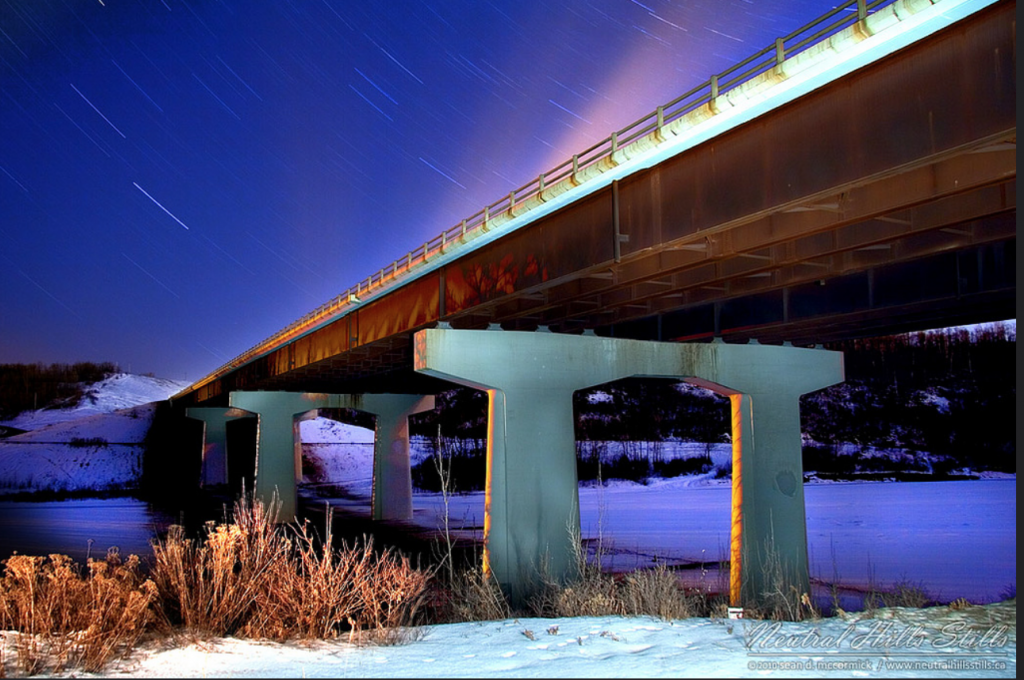
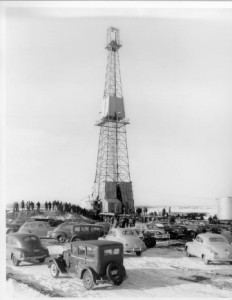
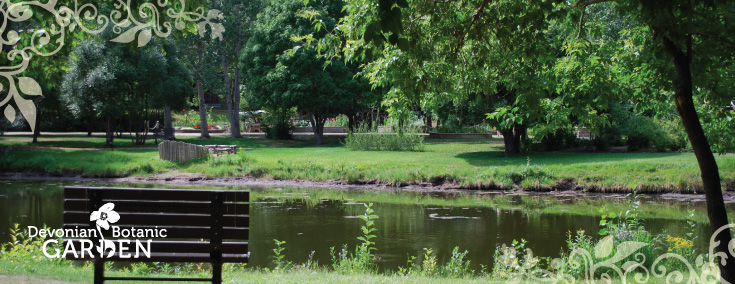
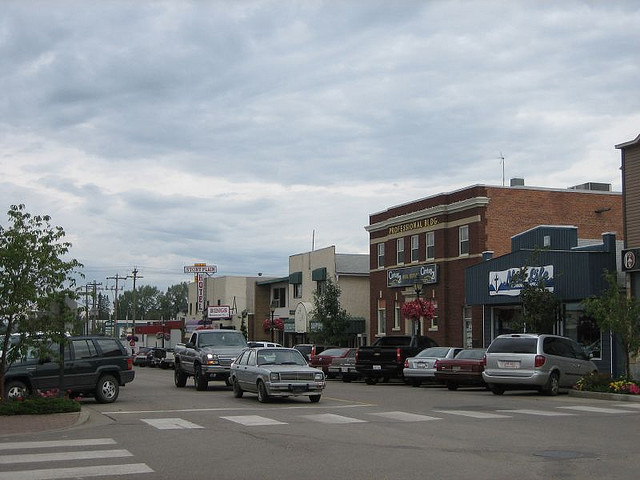

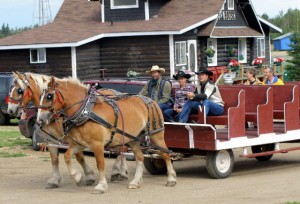
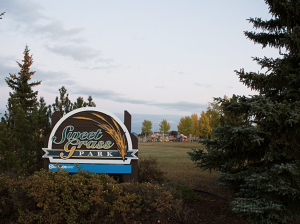
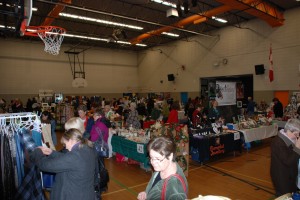
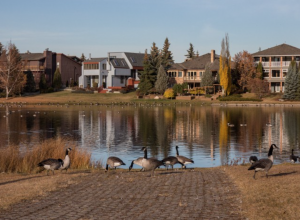
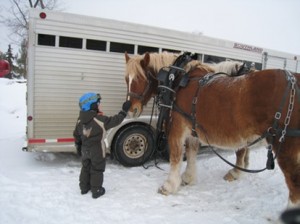
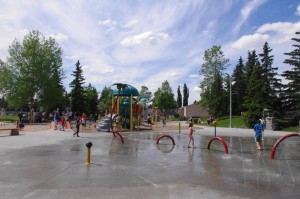
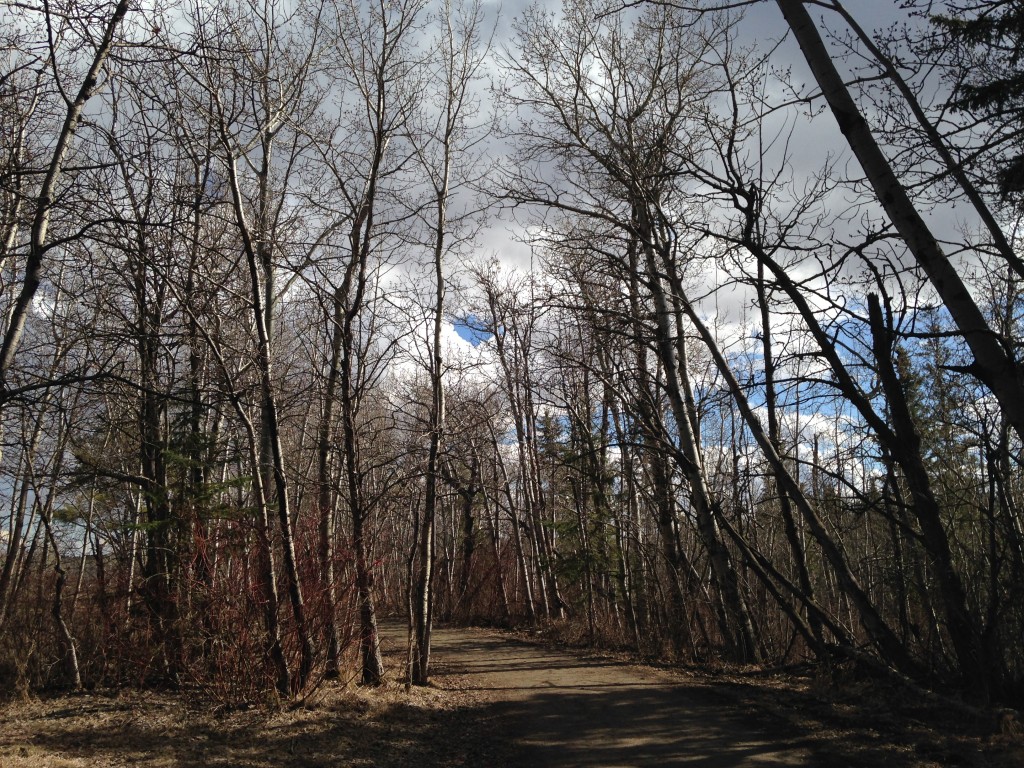 Patricia Heights Walking Trail Access
Patricia Heights Walking Trail Access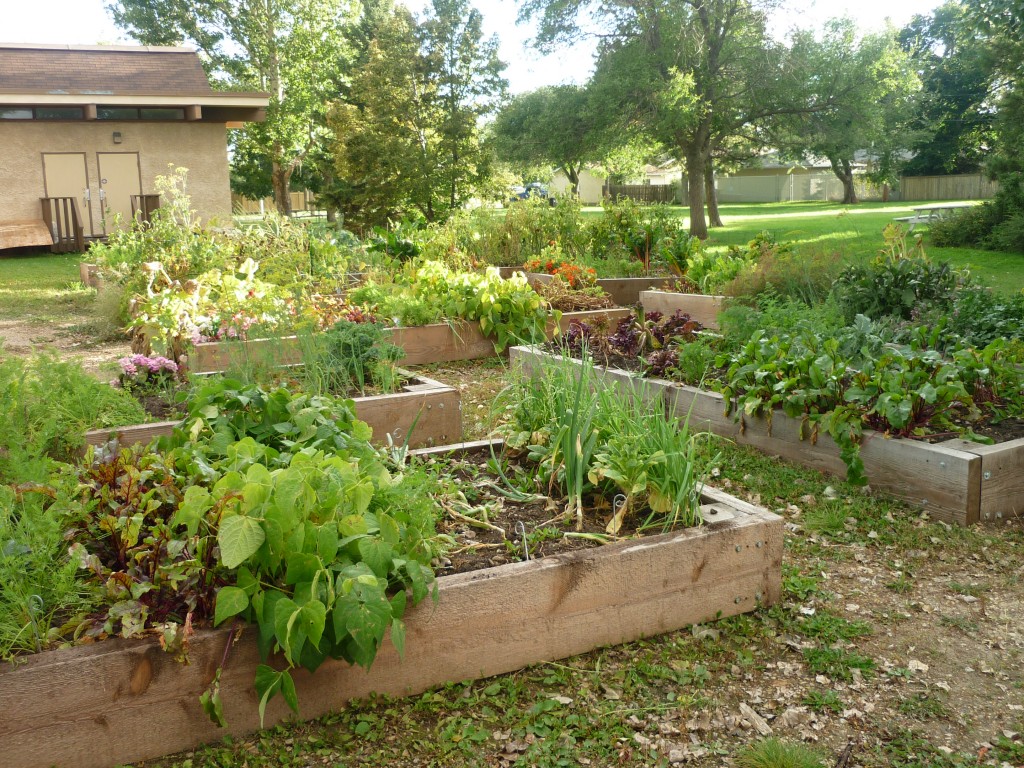 Rio Gardens sustainable food initiative.
Rio Gardens sustainable food initiative.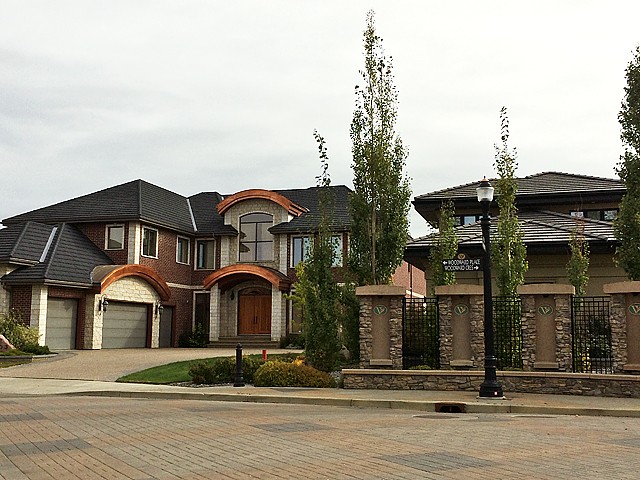 Homes in Oleskiw. Image Credit:
Homes in Oleskiw. Image Credit: 
